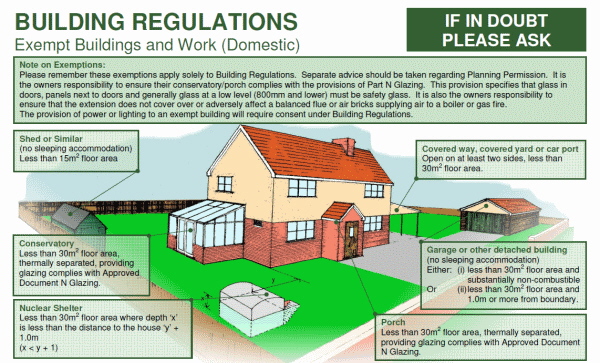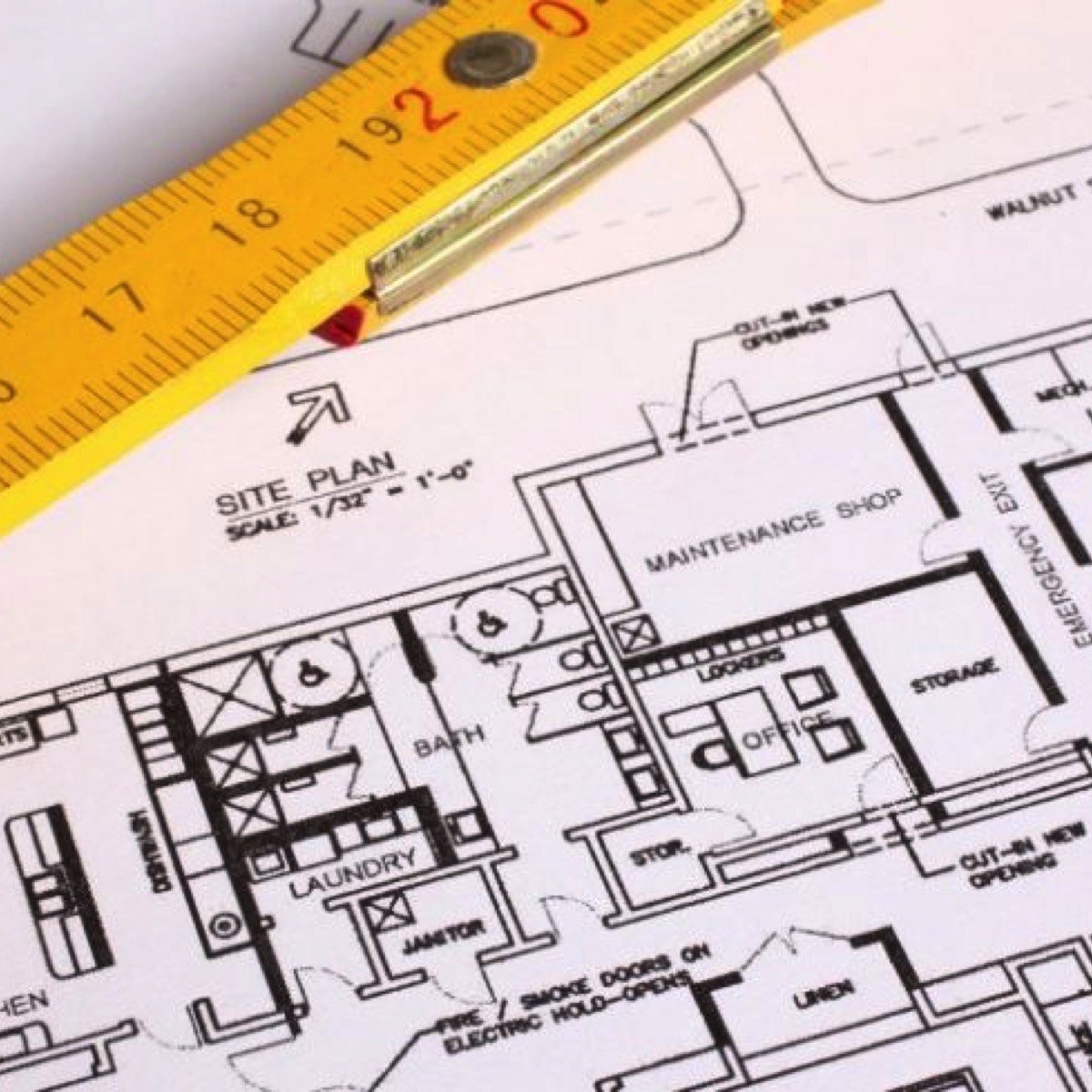All You Need To Know About Building Regulations for your Extension…

Building Regulations:
Why building regulations?
The Building Regulations exist to ensure the health and safety of people in and around all types of buildings.
They also provide for energy conservation, fire escape, and where relevant, access and facilities for disabled people.
If the planning people are concerned with what you are building, building inspectors are concerned with how it is built.
An extension will be built from plans. The architect should be fully conversant with every regulation and requirement and it is his job to draw those plans with enough detail to show the builder exactly how and where to fit all the component parts together and what size components to fit. (foundation depth, lintels, insulation etc)
As the building goes up an inspector will liaise with the builder and visit the site at relevant times to check that each process is being undertaken as per the plans and as per current regulations.
When the work is finished you the owner should receive a “Completion Certificate” from the inspector stating that everything was done according to the regulations in force at the time. Keep this document!
How the Process works
Prior to commencement of work a “building regulation application” must be made. This used to be the sole domain of the local council but now independent inspectors can be employed.
There are 2 types of application. For larger jobs like extensions “Full Plans” are the norm. These are usually submitted by the architect.
'Full Plans' means the submission of fully detailed plans, specifications, calculations and other supporting details to enable the Building Control Officer to check compliance with the Building Regulations.
The amount of detail required depends on the size and type of building works proposed. A location plan should also be provided indicating where the building is, relative to neighbouring roads.
The process:
- The plans will be checked and approved ahead of the works.
- Only approximately 25% of the total fee is payable on deposit of plans.
- A notice of approval or rejection must be issued within a 5 week period unless the applicant (or Agent) agrees an extension of time of up to 2 months from the initial deposit date.
- Upon commencement of work on site, the Building Control Officer must be notified and if only the plan deposit fee has been paid, the remaining inspection charge is invoiced after the first visit.
- A free completion certificate will be issued when the works are complete to the satisfaction of the Building Control Officer. This document will be required if the owner wishes to sell the property in the future.
- Approved plans will remain valid for 3 years even if the Building Regulations change.
Smaller jobs
For smaller jobs a “Building Notice” is all that is usually applied for. The builder usually does this.
The 'Building Notice' procedure is suitable when small works are planned and therefore it is not necessary to prepare detailed plans.
As no formal approval is given, a good working relationship between the Builder and the Building Control Officer is essential to ensure the work achieves compliance with the Building Regulations.
This type of application is not accepted on commercial buildings or when a Fire Certificate is required.
Together with the application a location plan should be provided where the building is shown relative to neighbouring roads.
The Building Control Officer can if he deems it necessary request structural details and calculations for the work.
For instance if a steel beam is required, it’s pretty important to determine whether its size will have to be calculated by an engineer prior to supply and fitting. The builder must anticipate this problem.
An experienced man will know if it’s likely, should know which inspector is overseeing the work (and is he the stickler type who want calculations. for everything) and should have included any requirement for calculations in his quotation.
If the requirement for calculations is suddenly sprung on him it could hold up the job for a week and who pays the engineers fee?
Types of work suitable for a 'Building Notice' include:
- Garage conversions.
- Alterations to domestic drainage.
- Removal of load bearing wall.
- Insertion / alteration of door or window opening.
- Replacement windows.
Building Regulations Fees are usually higher than those for obtaining planning permission.
Fees for a full plans building notice:
“Full plans” for a small extension can be around £470.00
A “Building Notice” for a lounge/dining room “knock through” will be around £200.00
For all job costs click on the appropriate section below:
www.buildingsheriff.com
Copyright The Building Sheriff Ltd 2019


